A 2,000-year-old grave on the Isles of Scilly, off the coast of Britain, has been revealed to belong to a female warrior from the Iron Age. The strange burial site, discovered in 1999 on the island of Bryher, had initially left experts puzzled due to the presence of both a sword and a shield, traditionally associated with male burials, alongside a mirror, a burial item often attributed to women.
However, a new report using advanced biomolecular analysis techniques at the University of California has given unquestionable proof, with a 96% likelihood, that the warrior buried in the chamber was for sure female. This discovery offers a rare glimpse into ancient British life and challenges long-held assumptions about the role of women in warfare during the Iron Age.

Also Read: Netherlands Repatriates 478 Looted Artifacts to Srilanka and Indonesia
Top Sources Related to Women Warriors in History (For R&D)
- 7 best Women Warriors
- 10 Badass Warrior Women in History
- Female Warriors Who Led African Empires and Armies
- Women Warriors and National Heroes: Global Histories
- List of Top 10 Female Warriors In World History
Iron Age Britain
The Celtic nation who occupied England before Roman colonization remain shrouded in mystery, as few written records survived from that time. Archaeologists believe that warfare in the Iron Age mainly consisted of surprise attacks on enemy settlements. The discovery of the sword and mirror in the Bryher grave is profoundly critical as it reveals insight into the key and emblematic parts of fighting during that time.
The decomposition of the warrior’s remaining parts represented a test for DNA investigation, driving specialists to explore alternative methods. Tooth enamel, the hardest and most solid substance in the human body, introduced a promising road for deciding the warrior’s sex.
Also Read: Iraq Retrieves a 2,800-Year-Old Stone Tablet from Italy
A protein present in tooth enamel, connected to either the X or Y chromosome, permitted researchers to compute a 96% likelihood that the buried individual was female. This technique opens up possibilities for re-examining other degraded burials, potentially uncovering more hidden female warriors.
Sword and a Mirror in the Bryher Grave
The coexistence of a sword and a mirror in the Bryher grave makes this discovery truly unique in Iron Age Western Europe. Swords were ordinarily connected with male burials, meaning a warrior’s part in battle. Then again, mirrors were known for their practical and symbolic value to warriors.
They were used for signaling, communicating, and coordinating attacks during raids, as well as for ritualistic functions, ensuring the success of a raid or protecting warriors upon their return.
The presence of both a sword and a mirror in the grave demonstrates that the buried lady held high status inside her community. She may have played a commanding role in local warfare, organizing and leading raids on rival groups.
Also Read: 15th Century Heege Manuscript Reveals Medieval Stand Up Comedy
This revelation challenges previous assumptions about gender roles in Iron Age society and suggests that female involvement in raiding and other types of violence may have been more common than previously believed.
The discovery of a female warrior from the Iron Age has huge ramifications for how we might interpret ladies’ roles in ancient warfare. The prevailing notion of women being solely relegated to domestic duties is called into question, and the possibility of women actively participating in military raids challenges historical narratives. It opens up avenues for reinterpreting ancient texts and artifacts, possibly revealing more instances of hidden female warriors throughout history.
The Bryher sword and mirror are presently in plain view at the Isles of Scilly Historical center, offering guests a remarkable chance to observe these ancient artifacts firsthand.
The mystery surrounding the grave, combined with the newfound understanding of the buried warrior’s gender, has captivated the imagination of the public. The artifacts serve as a tangible link to the past, enabling us to delve deeper into the lives and roles of women in Iron Age Britain.
Also Read: 3,000 Years old Ancient Mummy Discovered in Peru’s Rubbish Dump


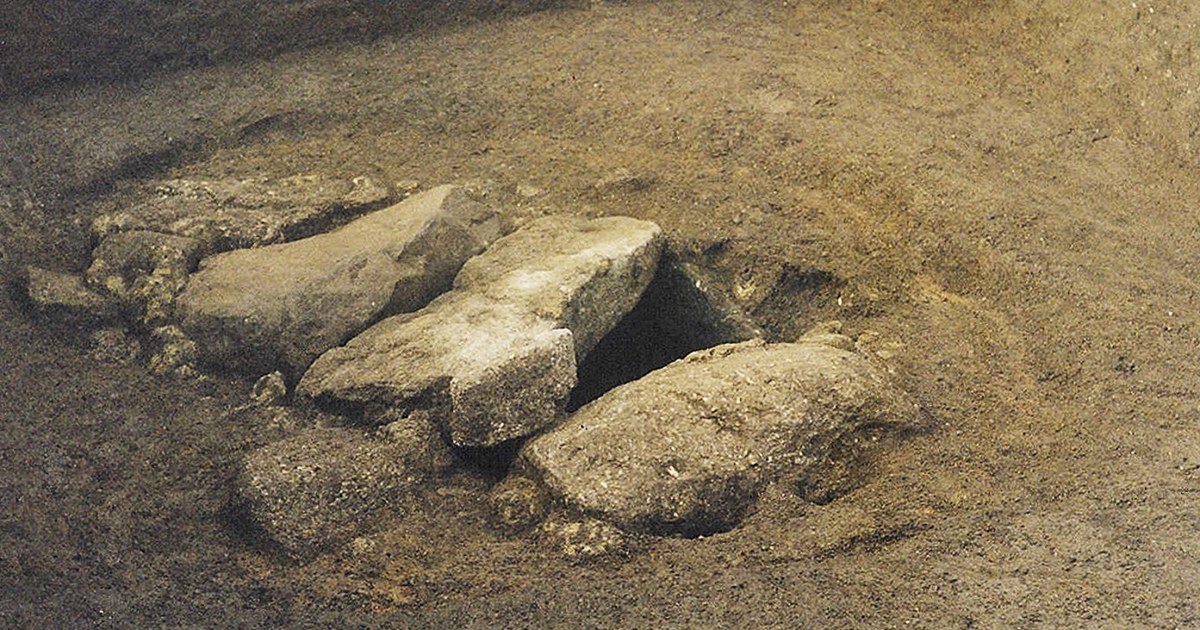
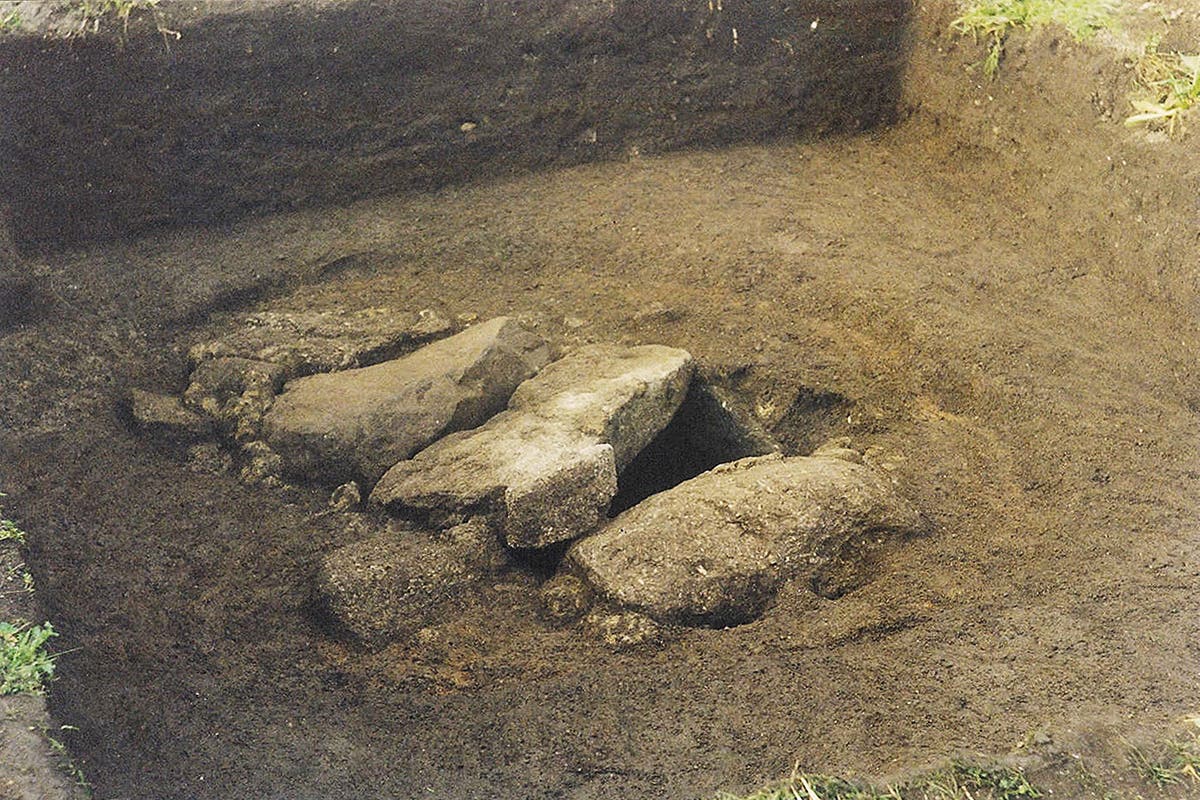
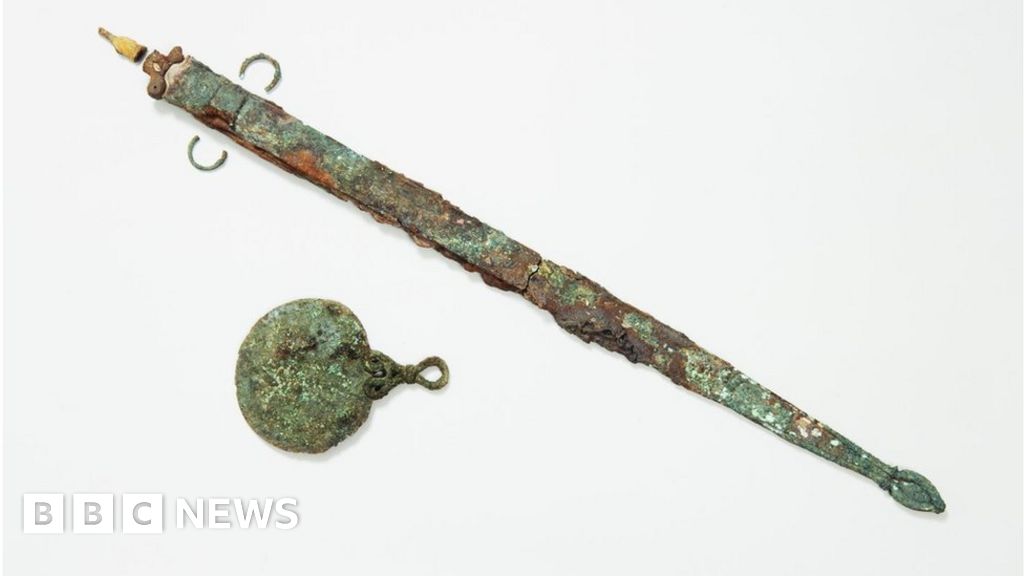
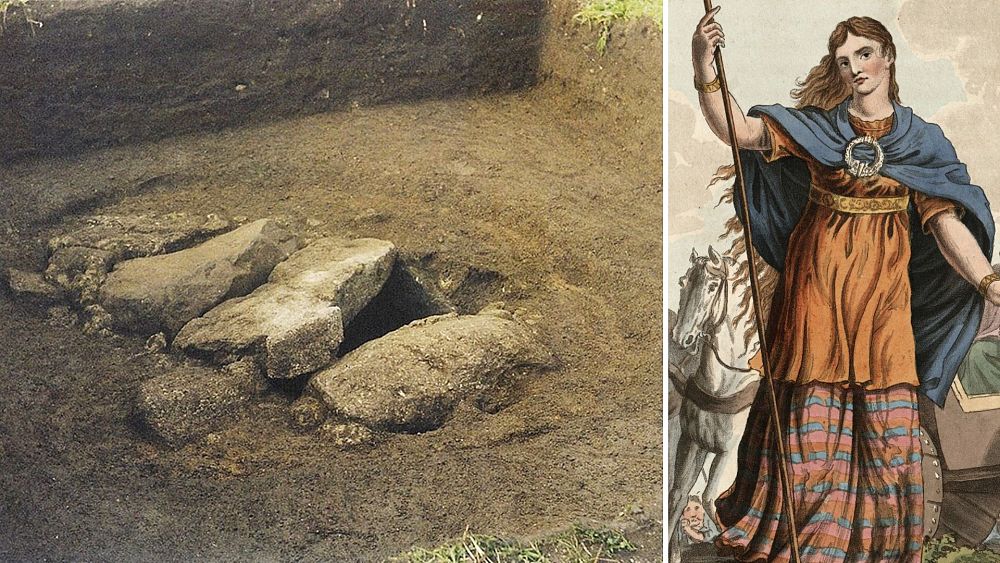
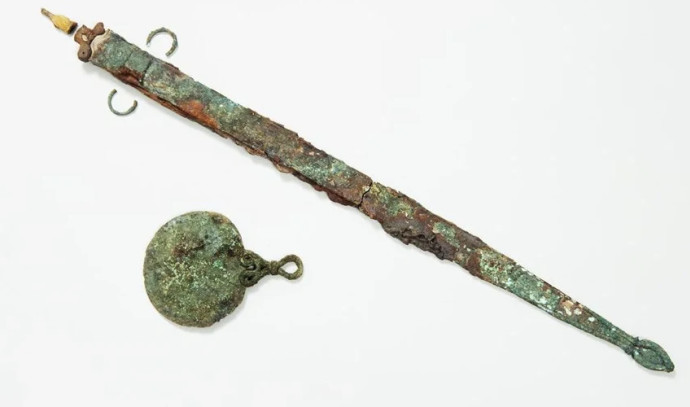









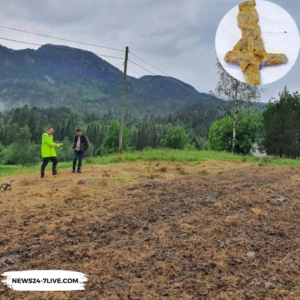








+ There are no comments
Add yours